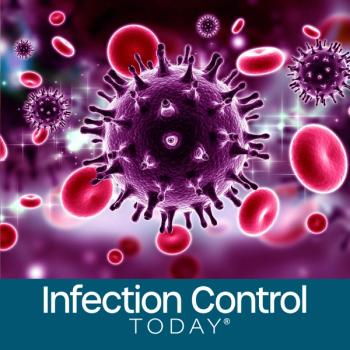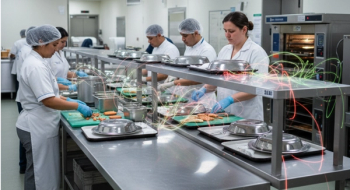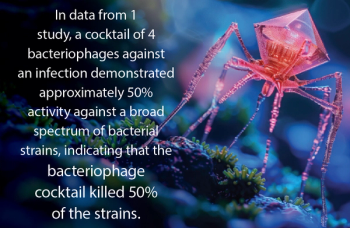
Mercy Hospital Acquires Germicidal Technology to Battle Drug-Resistant Pathogens
SACRAMENTO, Calif. -- Scanning the Centers for Disease Control and Prevention (CDC) Web site can be an alarming experience for a patient awaiting surgery. The CDC concedes that more than 2 million patients will acquire a hospital infection this year, and that as many as 100,000 will die as a result. CDC studies have found that hospital infections double patient mortality and morbidity risks and add nine days to a hospital stay on average, costing hospitals as much as $111,000 per patient.
Infection preventionist Judy Corona at Mercy Hospital at Folsom saw those statistics as a challenge, motivating her to research processes and protocols that will help eliminate infection altogether. “It would be wonderful if infection could be eliminated altogether. We see advanced technology like TRU-D as an important tool to help us work towards that goal,” Corona says.
In February 2008, the Sacramento Department of Health (DOH) was asked by the Sacramento chapter of the American Industrial Hygiene Association to test an advanced, automated disinfection device. The TRU-D Rapid Room Sterilizer claimed to achieve 3-6 log disinfection on every surface in an operating room or patient room within minutes without chemicals and without human error. The AIHA response? Prove it!
Officers from the DOH recruited Mercy Hospital at Folsom to help conduct the tests.
“I admit I was curious and a little skeptical,” Corona says, “but I wanted to see the results.”
Mercy quarantined a vacated MRSA patient room for testing. No pre-cleaning was performed. DOH officers collected biological samples from bed rails, hampers, tables, toilets and other high-touch areas. Fourteen samples tested positive. The portable TRU-D device was rolled into the unoccupied room and a measured dose of intense germicidal UV energy was delivered throughout the space. Seventeen minutes later, all the air was disinfected and only one colony forming unit (CFU) could be found on the base of an IV pole (five or less is considered operating room clean).
Similar tests were performed the same day in a sobriety cell at the Sacramento County Jail and at the sports complex training room of the California State University, Sacramento. The results were equally impressive.
Mercy Hospital quickly added TRU-D to its arsenal of infection-killing tools.
“We’re excited about the high level of disinfection TRU-D can provide” Corona says. “We are implementing a TRU-D disinfection protocol and plan to closely monitor the results. Our sister facilities will be looking at our results and may join us in purchasing a TRU-D.”
Chuck Dunn, president of
“The premise for TRU-D is simple,” Dunn says. “If a facility can disinfect more thoroughly and more often, environmental reservoirs of infectious pathogens are reduced and so is the risk of hospital-acquired infections.”
.
Newsletter
Stay prepared and protected with Infection Control Today's newsletter, delivering essential updates, best practices, and expert insights for infection preventionists.






